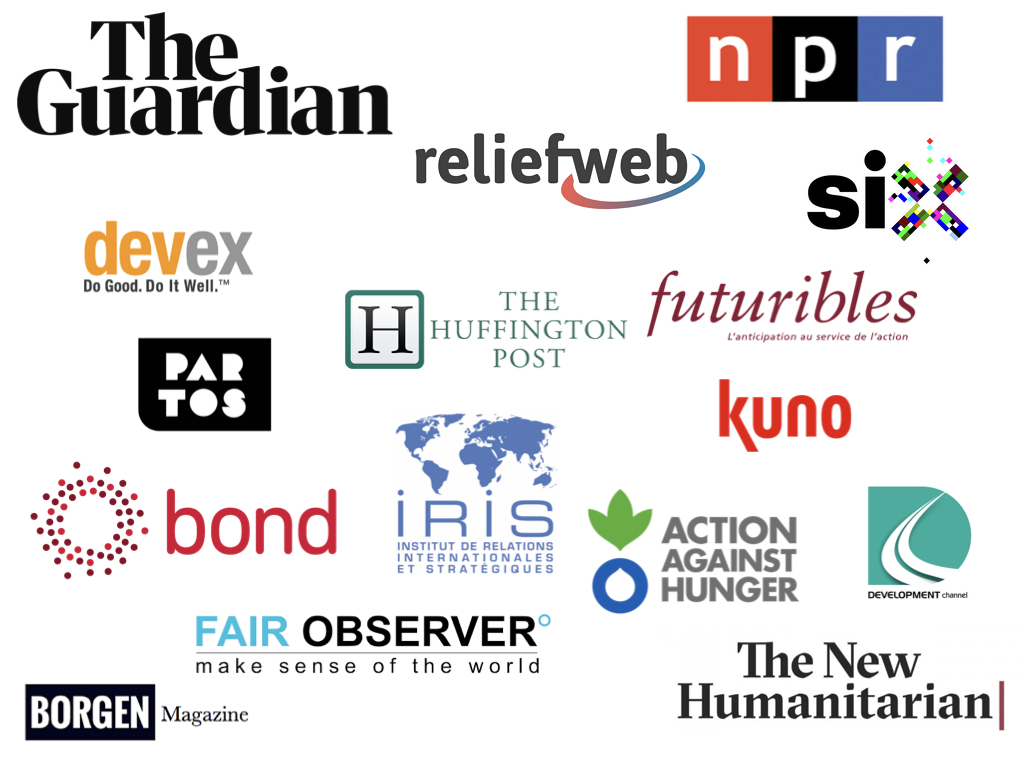The Future of Aid: INGOs in 2030
Humanitarian needs have grown, the number of displaced people worldwide is higher than ever before, the effects of climate change are increasingly being felt and conflicts are lasting longer. In the past, when the humanitarian system has been in crisis, unable to adequately respond to needs, there has been an evolution in terms of programmatic approach and the appearance of new humanitarian actors. We are on the threshold of a major shift. It is both a challenge for traditional actors and an opportunity for humanitarian leaders to create a more inclusive and effective humanitarian ecosystem that better reflects those within it and those it serves.
This report seeks to explore the drivers of change in the global environment in which the humanitarian ecosystem works, the causes of humanitarian need, and the potential evolution of the dynamics of the humanitarian ecosystem to 2030.
The Guardian: 'Change or die': aid charities told to stop competing for funds or face extinction
NPR – USA: "Global Problems Aid Groups Should Prepare For, If They Want To Survive"
Devex: Q&A: Head of Unicef UK on the need for humanitarian reform
Borgen Magazine: How Exactly “The Future of Aid” Report Advises INGOs

The Huffington Post : "Things Fall Apart, The Centre Must Hold"
Social Innovation Exchange: “Future-fit philanthropy: why philanthropic organisations will need foresight to leave lasting legacies of change”
ReliefWeb: “The Future of Aid - INGOs in 2030”
Fair Observer: “Looking toward 2030: The Future of Aid”
Bond: “The aid sector in 2030: Challenges and changes ahead for INGOs”
The New Humanitarian: “From the future of aid to viral videos: The Cheat Sheet”
Kuno: “The future of humanitarian aid”
Partos: “Adapt, Counteract and Transform. The future of Dutch development cooperation”
Development Channel: “Global aid organisations need to change to survive, report”
Humanitarian Advisory Group: “Drawing on our diversity: Humanitarian Leadership”
A number of trends will shape the humanitarian sector through to 2030.
Find out more about each of these trends



























